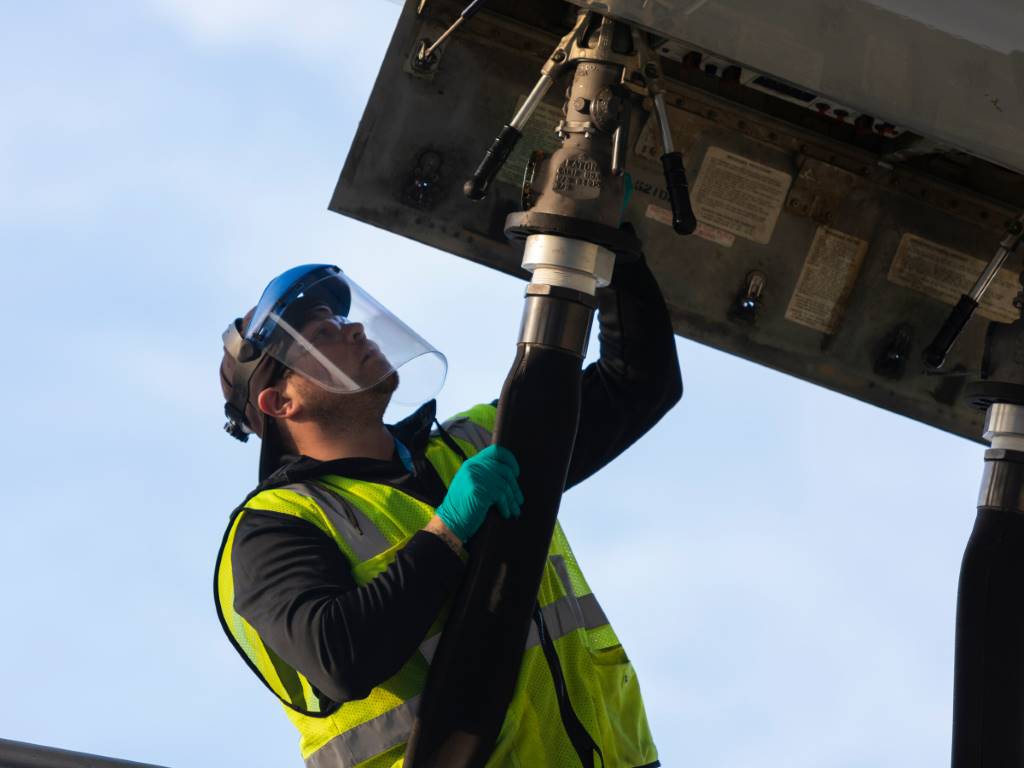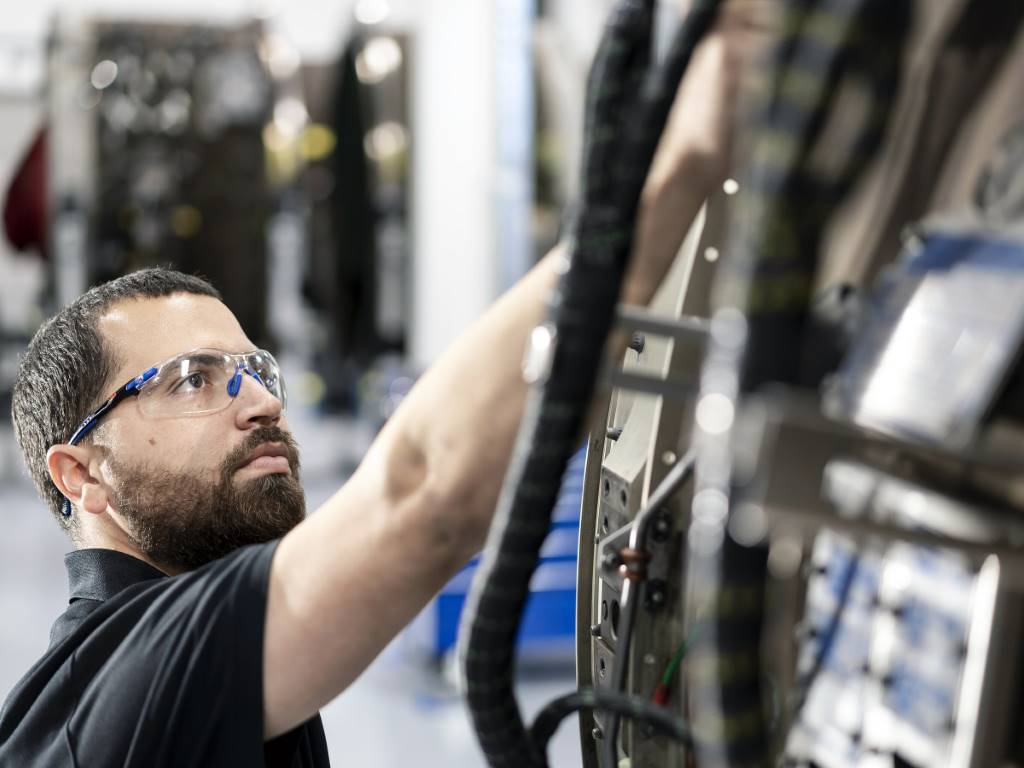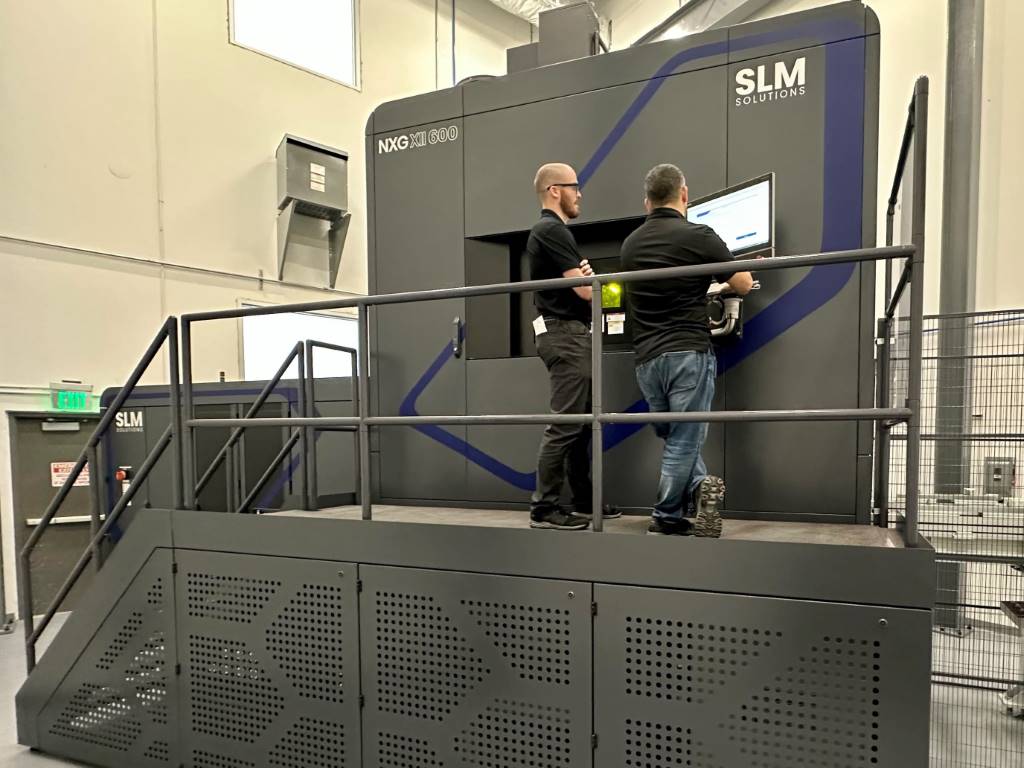Pratt & Whitney to build new turbine production plant in North Carolina

Pratt & Whitney, a division of Raytheon Technologies, has announced plans to invest at least $650 million through to 2027 in a world-class turbine airfoil production facility in Asheville, North Carolina.
Pratt & Whitney, a division of Raytheon Technologies, has announced plans to invest at least $650 million through to 2027 in a world-class turbine airfoil production facility in Asheville, North Carolina.
The new, 1,000,000ft² facility will house an advanced casting foundry for the production of turbine airfoils as well as conduct machining, coating and finishing of airfoils onsite.
“This investment will enable Pratt & Whitney to continue to modernise and transform its operations with cutting-edge technologies," said Chris Calio, president, Pratt & Whitney. “Turbine airfoils are a critical component across our engine portfolio and demand will increase significantly as the market recovers over the next several years. We need to invest today to ensure that we have the infrastructure, production capabilities and workforce in place to meet future market demand and provide the best products to our customers worldwide. We are grateful for the support provided by the State of North Carolina and the local community.”
The investment is intended to create 800 new jobs through to 2027 in Buncombe County. The new, state-of-the-art facility will implement manufacturing technologies and processes exemplifying industry 4.0 manufacturing principles and will complement existing turbine airfoil work that is done across Pratt & Whitney’s facilities. This investment directly supports Pratt & Whitney’s goal to transform its business and strengthen its position by implementing modern solutions to prepare for the future, while reducing structural costs to emerge from the pandemic stronger.
“We are positioning North Carolina to come out of this pandemic with these and other good paying jobs which signals a bright future in aviation even with the current challenges the industry faces. Manufacturers know they can count on our strong workforce, our innovation and our leadership in uncertain times,” said North Carolina Governor Roy Cooper.













